
by admin | Nov 17, 2022 | Blog
Grape skin red has long been recognize as a source of organic red colors. Anthocyanins are the polyphenols that make up those organic crimson hues.
These grape skin color, often known as anthocyanin’s, are marke E163.
The grape skin color, which is taken from specific Spanish red grapes, comes in hues ranging from dark red to violet. For the food and beverage industry, this natural component is the ideal red and pink substitute for all synthetic colours.
The grape skin color, one of the greatest natural food coloring components, is commonly use for:
- Beverages (soft drinks, spirits) (soft drinks, spirits)
- Desserts with dairy and ice cream (yoghurts)
- Making jams and fruit dishes
- Confectionery
The grape skin red, is a natural food colorings for cakes, candies, and dairy desserts, also contains potent anti-inflammatory and antioxidant capabilities, making this natural colorings extract an ideal ingredient for new functional food recipes and nutraceutical items.
WHAT COMPONENT DO GRAPE SKIN RED COLOR ADD IN WINE
Red wine’s bitter flavor and astringency are by the tannins thats from the grape skin color. One of the factors that make grape skin color essential in the production of red wine is the tannins it produces. Red wine tannins act as the foundation of the beverage. They provide wines structure and the capacity to mature.
ARE GRAPE SKIN RED COLOR HEALTHY FOR YOU?
Yes, its healthy Resveratrol, a phytochemical found in red grape skins color, offer protection from a number of chronic illnesses and ailments. Grapes also include the flavonoids myricetin and quercetin. These aid the body’s defence against the creation of dangerous free radicals.
Proanthocyanidins Condensed tannins: Wine contains tannins, which are natural polyphenols derive from grape skin red color, and proanthocyanidins, which are concentrate tannins.
They are renown for their advantageous qualities, which have an impact on both the consumer’s health and the quality of the wine.
WHAT ADVANTAGES DOES GRAPE SKIN COLOR HAVE?
They provide defence against illness and environmental harm. Antioxidants like polyphenols are well-known for helping the body combat free radicals. The most polyphenols are in the pulp and skins of grapes. Additionally, they have the best antioxidant capacities.
IS DAILY RED WINE CONSUMPTION ACCEPTABLE?
Strong antioxidants are in red wine, and numerous sources suggest that consuming it has health advantages. However, consuming too much red wine could be unhealthy. If you currently consume red wine, do so carefully. That equals up to one drink per day for women of all ages for healthy individuals. Men over 65 are allowed up to one drink per day.
Learn more about our products

by admin | Nov 10, 2022 | Blog
The component of spirulina known as phycocyanin is what gives beer its blue color. During the making process, it is add to the beer. Prost Brew Pub in Hyderabad brews a beer that uses spirulina, the algae that contains a natural pigment that turns the beer blue. The blue-producing spirulina component, called phycocyanin, is usually add to beer during the brewing process.
HOW BEER BECOMES BLUE?
The blue colour is produce by spirulina, an algae farmed in basins by Etika Spirulina in northern France. The phycocyanin, a spirulina component that imparts the blue colour, is then add to the beer during the brewing process that’s how beer color gets blue.
HOW MAY SPIRULINA BE ADDED TO BEER?
A small bowl or, if your beer glass is broad enough, the bottom of it, should be filled with 1/2 teaspoon of phycocyanin. A few tablespoons of beer should be add after which the powder should be thoroughly mixed with a little whisk. Pour into a beer glass and then fill with the remaining beer.
The Phycocyanin ingredient that imparts the blue colour, is add to the beer. Spirulina is said to provide a number of benefits, such as acting as an antioxidant and lowering blood pressure. It can also aid in controlling blood sugar. The Canadian City Bank of Commerce on the intersection of Gardner Street and Eleven Mile Avenue is site to Oak Park’s first craft brewery, UCBC. These beers include one produced with blue spirulina. “It has a lot of health benefits, so you can drink something healthy with your beer.”
IS IT SUITABLE FOR CURRENT HEALTHY NUTRITION TREND?
In addition to meeting the unique requirements of the beer business for simple ingredients, phycocyanin for beer contains simple ingredients that are appropriate for the current trends of healthy nutrition, clean label, and other trends. After realising these criteria, numerous breweries successively released blue beer.
WHY PEOPLE PREFER PHYCOCYANIN?
Because people prefer natural to artificial food colorings, demand for phycocyanin has increased, but production costs are still prohibitive, according to researcher Chelsea Brain.
PEOPLE REVIEW ABOUT PHYCOCYANIN BEER
The farm that produces the spirulina is own by Xavier Delannoy. He claimed that following multiple experiments, the brewery had discovered a combination that satisfied customers.
He claimed that between October and December of last year, 1,500 bottles of the blue beer were sold. The brewery is currently getting ready to raise its output to satisfy demand.
Click here to order phycocyanin
Check our products click here.

by admin | Nov 1, 2022 | Blog
Yes, bamboo charcoal powder work for teeth whitening. Remove the activated charcoal out from capsule and put it on a toothbrush. The activated charcoal is then use to wash your teeth for a few mins, generally three to five mins max.
Although its dark appearance could seem odd, charcoal has an ancient legacy of being utilized as a toothpaste or scrape to clean teeth.
Ancient Romans, the English middle class of the eighteenth century, and even some emerging economies today use it for this purpose. It’s currently being promote as a natural solution to whiten teeth on several websites.
There are numerous tales and stories, there are no modern scientific research that have verify or disproven the stated benefits of charcoal for teeth whitening.
In most scenarios, you should see visible benefits within one week of consistent usage. During this time, charcoal will help eliminate surface stains/discoloration on your teeth created by regular food and drink without affecting your enamel.
IS THERE ANYTHING CHEMICAL IN ACTIVATED CHARCOAL TOOTH WHITENERS?
Most teeth-whitening products that use activated charcoal do have artificial flavors, additives, colorants, and other chemicals. Therefore, to find out what ingredients are in the formulation, check the list of ingredients on the product description. There are activate charcoal tooth whitening powders available that don’t include any chemicals.
IS IT SAFE TO PUT BAMBOO CHARCOAL POWDER ON SENSITIVE GUMS AND TEETH?
Since teeth enamel cannot grow back or regenerate, using a material that can disintegrate tooth enamel could be harmful. Finding an excellent charcoal teeth whitening powder that is not too harsh is essential. Charcoal has the capacity to whiten since it is porous, but the problem is that it is rough. According to the ISO standard, toothpaste should not have an RDA value greater than 250,
which is the limit thought to be acceptable for hard tissues, and toothpaste with an RDA value less than 250 is safe for everyday use. The RDA cutoff also applies to activated charcoal.
CAN THOSE WHO ARE WEARING BRACES USE BAMBOO CHARCOAL POWDER TO WHITEN THEIR TEETH?
In the large majority of situations, using activated charcoal for teeth while wearing braces is possible,
but it must be use carefully, and brushing should be done softly with a toothbrush with soft bristles. To be sure activate charcoal is right for you, it is highly recommend that you speak with your dentist.
CAN I BRUSH MY TEETH WITH BAMBOO CHARCOAL POWDER EVERY DAY?
Being a very abrasive substance, charcoal poses the biggest risk when use to whiten teeth. However, because of how rough it is, it also wears away the enamel, the tooth’s outermost covering, in addition to removing surface stains and plaque off your teeth.
Basically, even though your teeth may become whiter, this is only happening because you are removing the surface enamel, which is a natural whitish tint.
According to the American Dental Association, regular use and charcoal brushing can really begin to wear down the enamel, exposing the softer, yellow dentin underneath.
The reality that using charcoal frequently leaves behind grey or black flecks on the teeth and gums makes this issue worse.
IS ACTIVATED CHARCOAL TEETH WHITENING POWDER NATURAL?
There are various methods for producing activated charcoal. For activation, some manufacturers utilize chemicals (most of which are artificial), while others use a technique
That involves heating coconut shells to 1000 degrees Celsius and then subjecting the charcoal to superheated steam,
Which is later cool and process to produce very fine bamboo charcoal powder.
Click here to checkout our products.

by admin | Oct 27, 2022 | Blog
Takeumi, or bamboo charcoal as it is frequently known in Japanese, is a harmless food ingredient that is used in Japanese cuisine to provide natural colors and flavors.
Bamboo charcoal powder is the most subsequent keyword that cake lovers have been actively looking for.
The material appears to be black dust ashes, but it is truly very beneficial to human health and creates natural colors that are reliable for food.
When directly flavored, bamboo charcoal powder is a dark, ultra-fine powder with no smell or taste, just a small irritation on the tongue that suppresses appetite.
However, when coupled with other components, this substance will give the dish color and a distinct, tasty, and nutrient-rich flavor.
A natural and ethically sound alternative to synthetic and chemical deodorizers, purifiers, and fertilizers is bamboo charcoal. It releases beneficial minerals, is made entirely of natural ingredients, and is safe to use around children, pets, and those who have allergies or asthma.
THE USE OF BAMBOO CHARCOAL POWDER IN BAKING
Since it does not alter the taste of the cake, produces a natural, safe color, can be utilize for all kinds of cakes, and is particularly healthy, bamboo charcoal powder is the most frequently use in baking. It is clear that bamboo charcoal is already utilize in baking and will continue to grow in popularity.
Bamboo charcoal powder is mainly use to make the color of the dough black in order to make the bakery product more attractive and appealing for the customers.
8 BAKERY PRODUCTS WHICH USE BLACK CHARCOAL POWDER
Following are some bakery products in which bamboo charcoal powder is use
In the making of egg yolk crisp we add 3 grams of black charcoal powder in the dough and 3 grams for the crispy oil.
- Black gold pineapple cake:
In the making of Black gold pineapple cake, we add 3 grams of black charcoal powder in the dough.
In the making of Diamond biscuit, we add 3 grams of black charcoal powder in the dough.
In the making of Oreo wand, we add 3 grams of black charcoal powder in the dough.
- Mustard seed sauvignon blanc:
In the making of Mustard seed sauvignon blanc, we add 3 grams of black charcoal powder in the dough.
In the making of Chocolate orange toast, we add 3 grams of black charcoal powder in the main dough.
In the making of Butterfly crisp, we add 3 grams of black charcoal powder in the dough.
In the making of Two color croissant, we add 3 grams of black charcoal powder in the dough.

by admin | Oct 19, 2022 | Blog
Yes, Chlorophyllin Copper Complex E141ii is Safe and Natural for Color Additives. All plants and algae have chlorophyll, which is a green pigment that is found in synthesize copper complex (E140). Commercially, nettles, grass, and alfalfa are use to extract E141.
Sodium copper chlorophyllin is frequently use in the food industry, as well as in health supplements, skincare, and medicine.
Chlorophyll copper sodium salt is another name for sodium copper chlorophyllin. It is an extremely stable metal porphyrin. Its is a vibrant shade of dark green powder with tinting properties. It has a clear, translucent blue-green tint in solution.
When calcium ions are present, it precipitates. When the pH falls below 6, sodium copper chlorophyllin precipitates in solution as a result of the molecules’ planar spatial agglomeration in the acidic environment. Spinach or silk worms are use to extract sodium copper chlorophyllin.
Copper sulphate is add to the solvent while extracting the color with acetone or ethanol. The copper atoms in the chlorophyll structure take the place of the magnesium atoms from the magnesium porphyrin ring.
WHAT TO KNOW ABOUT CHLOROPHYLLIN COPPER COMPLEX E141II
Chlorophyllins (E140(ii)) are water-soluble and the most basic derivatives of partially broken chlorophylls (E140i), which are lipid soluble. Chlorophyllins break the ester-phytol bond when they are produce by saponifying the solvent-extracted yield of edible plant material.
This increases the polarization of the derived products. The food sector prefers their replacement by the lipid soluble cupric chlorophyll (E141(i)) and water-soluble chlorophyllin complexes (141(ii)), however both colorants are very unstable.
These derivatives, which have a stronger color stability, are produce when Mg atoms are replace with Cu atoms. Cu’s insertion into the chlorophyll molecule stabilizes the structure, ensuring that the food’s green hue does not deteriorate over the course of processing or storage.
COLOR AND APPEARANCE OF CHLOROPHYLLIN COPPER COMPLEX E141II
CHLOROPHYLLIN COPPER COMPLEX E141II is dark green to blue in color and it is like a black powder in appearance.
IS CHLOROPHYLLIN COPPER COMPLEX E141II SAFE?
The colorants E140 and E141 are safe for use in the majority of package foods, along with naturally green fruits to be preserve in syrup, vegetables to be preserve in vinegar, oil, or brine (aside from olives), seasoning, jams and jellies, marmalades, desserts, ice creams, flavor-infused fermented dairy products, confectionery like breath freshening and chewing gum, pastry and fine bakery products, decorations and coatings, Sage Derby cheese, edible cheese rind, and
Chlorophylls are naturally occurring dietary components that are in relatively high amounts in a wide variety of foods and are discharge in stools after consumption.
As a result, there are no safety issues with its use as a food additive. Additionally, the ingestion of these food colors has no negative consequences on human health since the Cu in cupric chlorophyll (E141(i)) and chlorophylline complexes (141(ii)) is tightly bond. The consumption of these food colors may eventually result in health benefits because western diets typically lack copper (Cu), but it may be harmful for persons who have diseases that cause copper to accumulate in their bodies.


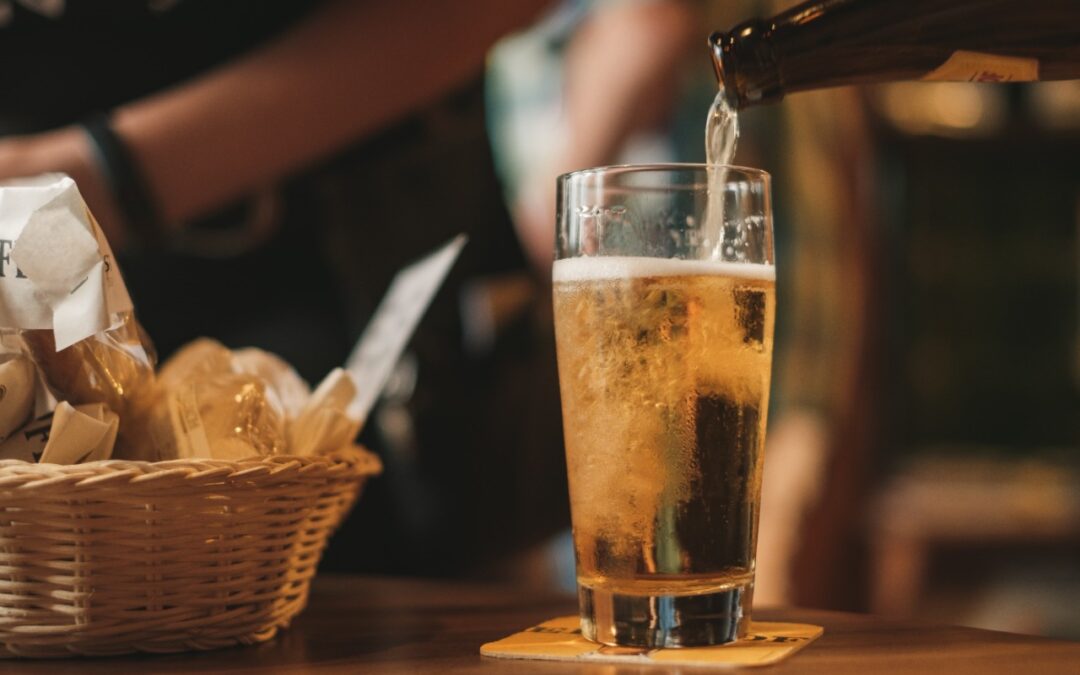
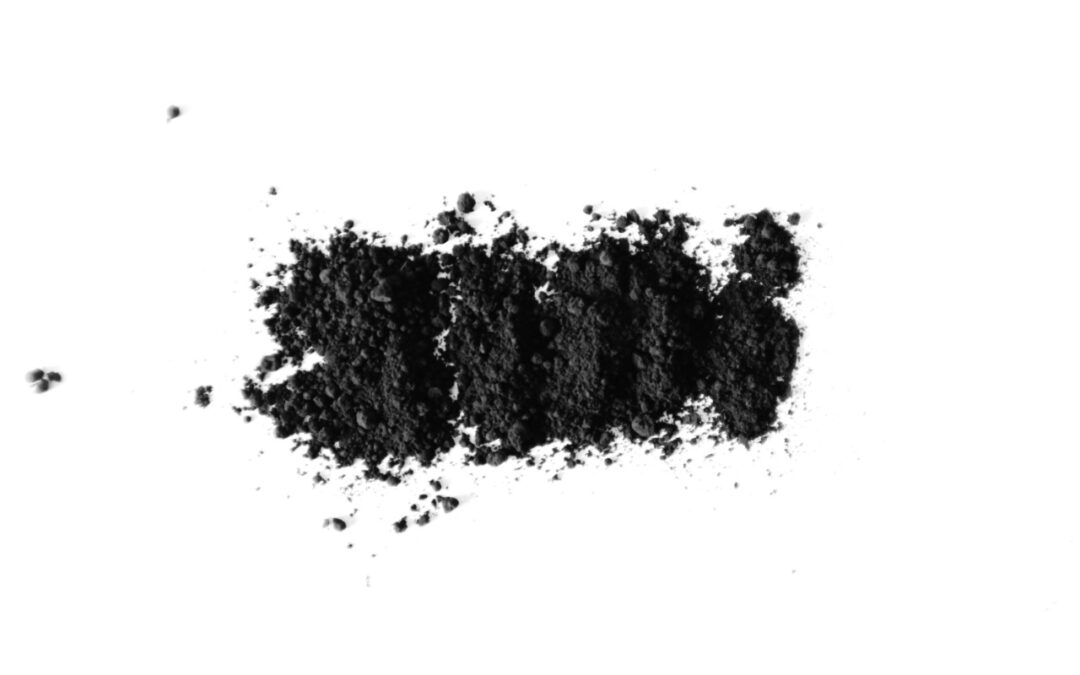
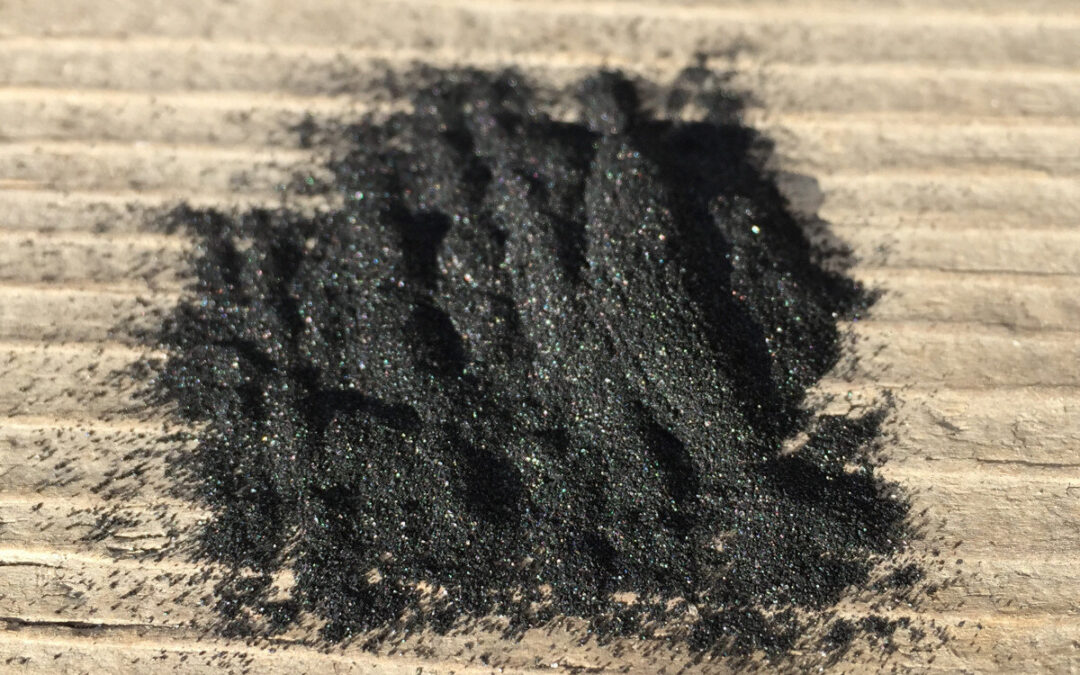
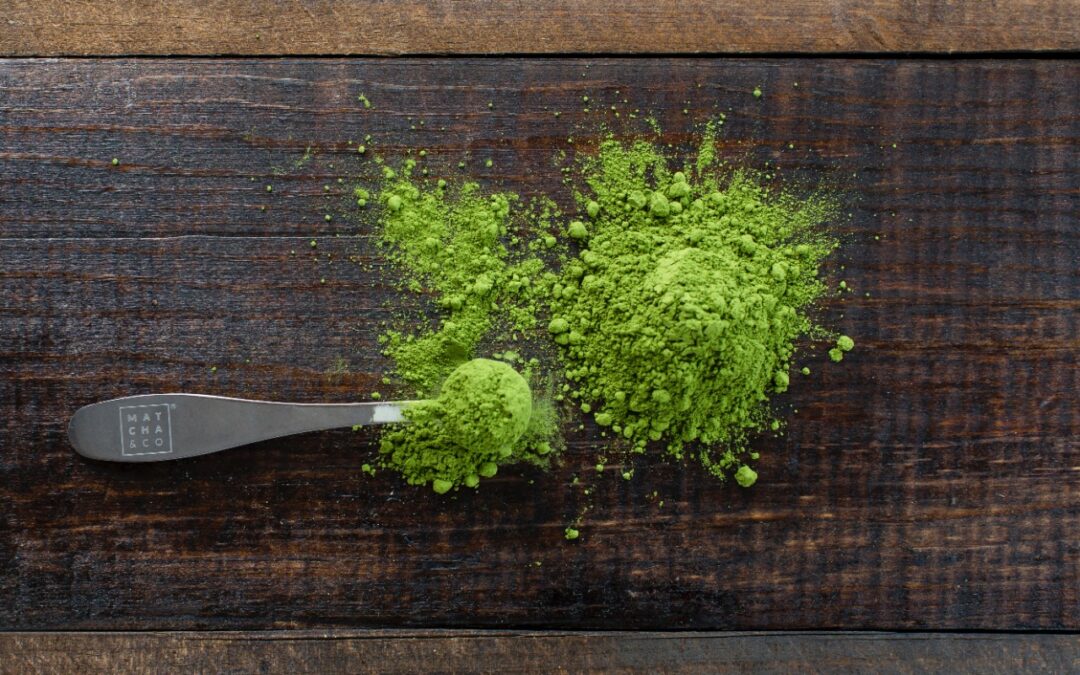
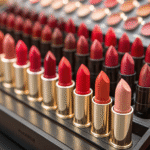
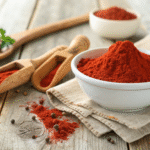

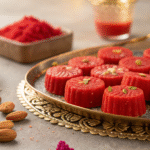
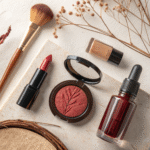
Recent Comments